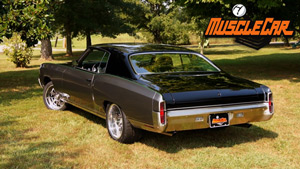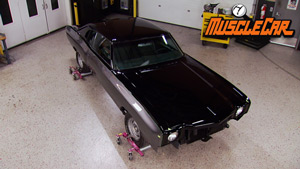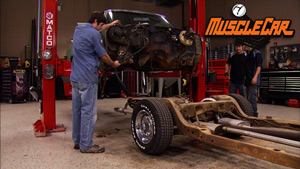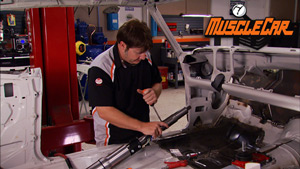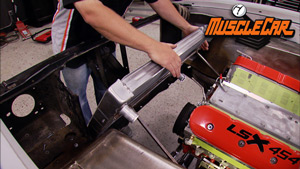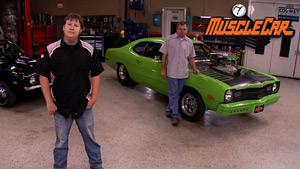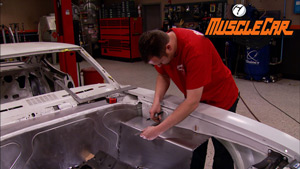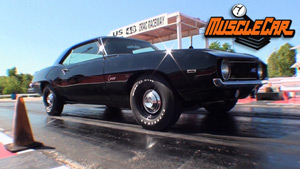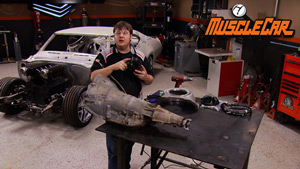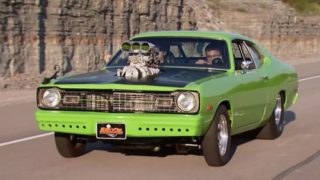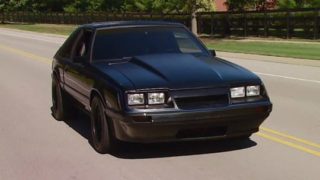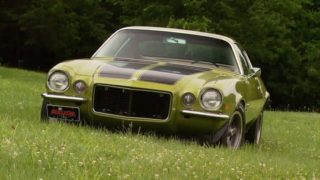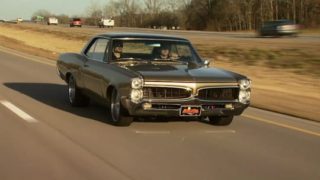
Mustang 4-Link
HorsePower's Mustang project has more engine than its suspension can handle - so Lou and Mike Galley build a four-link rear and a roll cage to get all that power on the track. Our Muscle Car Flashback is a muscle legend - the Mr. Norm's 440 Dart!
Season 1
Episode 17
Hosts: Lou Santiago
First Air Date: July 15, 2006
Duration: 16 minutes 36 seconds
